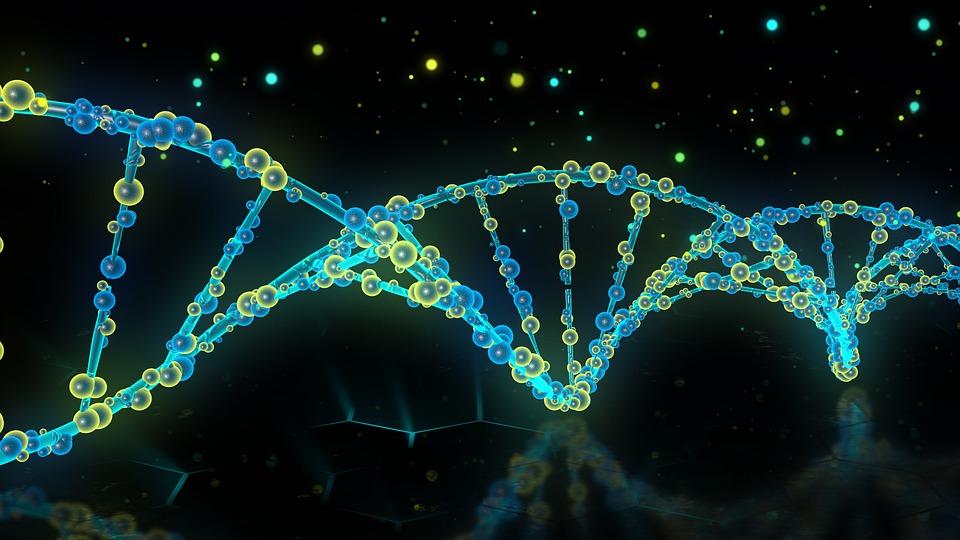
Rock Pocket Mouse Evolution
This is an adaptation of an HHMI BioInteractive activity. Students use graphics of scenes from two different areas where Rock Pocket Mice are evolving due to a change in environmental conditions (ie. lava flow). Students interpret the scene sequence from evidence in the illustrations. Students then use the data to figure out how the mice evolved.
Lesson Plan Link/URL
https://docs.google.com/presentation/d/1Vvh1DXKFvr20ymy0eATr4-pckrq1vUkbb1nCjrB…Related Content

In this lesson students explore the relationship between pigmentation and light absorbance. Students will use a spectrophotometer to analyze pigment samples and record the absorption spectrum for

The purpose of this lesson is to introduce and apply the concept of frequency. Students will begin by a motivating “click the mouse” challenge. This will help them to develop the concept of frequency

Students will use SEEK or other species identification tools to create a database of biodiversity on campus. The lesson starts with a discussion of the importance of biodiversity to the functioning of